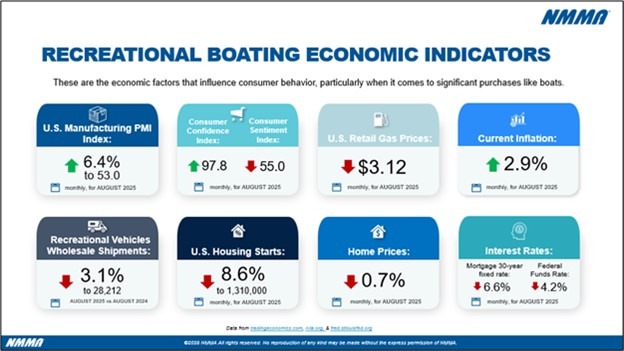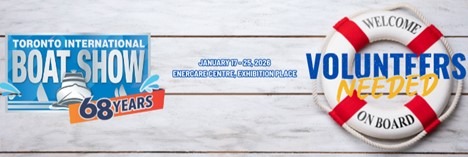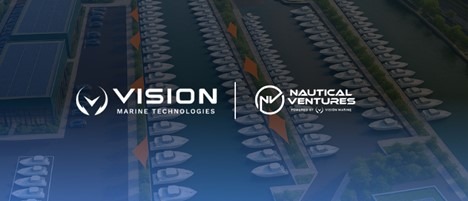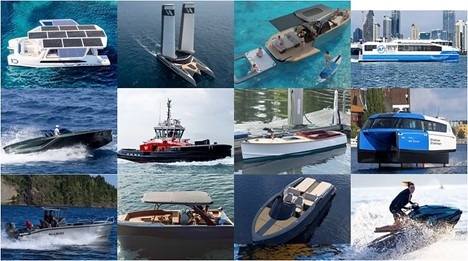A month after landfall, TowBoatUS Hurricane Ian Recovery Crews face challenges
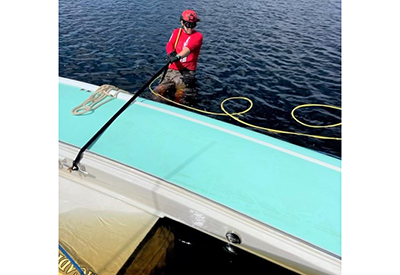
Nov 8, 2022
TowBoatUS salvage crews working in waters tainted by storm-driven pollution and dangerous debris, recover a vessel that was blown from its boat lift in Punta Gorda Isles. (credit TowBoatUS Port Charlotte/Pine Island).
Nearly one month after making landfall September 28 as a Category 4 storm, Hurricane Ian is still challenging TowBoatUS cleanup crews tasked with salvaging thousands of recreational vessels damaged or destroyed by the historic storm – one of the deadliest in the state’s history.
The TowBoatUS on-water towing fleet from Naples to Venice, which typically handles routine on-water assistance for recreational boaters, is now at the center of the recovery effort to remove vessels from waterways, backyards, parks, roads, docks and boat lifts.
“Based on the destruction we are seeing, Hurricane Ian was ten times worse than 2004’s Hurricane Charley,” said Capt. Kyle Potts of TowBoatUS Charlotte Harbor/Pine Island. “Land has been scrubbed where homes used to be, and thousands of vessels were damaged or destroyed.”
By now, Potts and his TowBoatUS salvage crews have tackled most of the small boat recoveries – those of trailer-boat size – and are now moving to the more difficult larger vessels, as well as monitoring and prioritizing those that are environmental hazards. Much of the effort is on behalf of GEICO marine insurance policyholders, as well as other insurance companies and uninsured boat owners.
Potts knows that most members of his team are like many Floridians struggling to recover their own homes damaged by the storm. “All of our salvage crews, captains and office staff have put our own families’ personal affairs aside and haven’t stopped working since the storm cleared.”
Challenging the TowBoatUS salvors are waterways littered with debris. “Almost every trip across Charlotte Harbor we encounter decks, pilings – you name it − that challenge navigation,” said Capt. Potts. “If we strike anything, we run the risk of taking a towboat out of service.”
Potts says the region’s miles of residential canals, which are home to thousands of recreational vessels, present a unique challenge to recovery efforts. “Canals are choked with debris and only accessible under small, low bridges that don’t allow for speedy waterborne recovery. We are having to figure out how to recover vessels that require a barge and crane − but without having one.” This is where his team’s years of salvage experience come into play, with creative use of air bags, custom-built cradles and maneuvers that don’t cause additional damage during the recovery effort.
Capt. Potts says the lack of disposal yards – on-shore facilities that can receive by water and properly dispose of larger wrecked vessels − continues to hamper recovery efforts, which he believes will take several more months to complete.
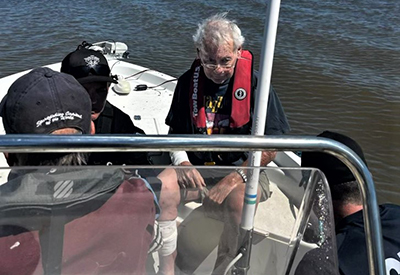 TowBoatUS helps ferry Pine Island neighbors to the mainland for medical care immediately in the aftermath of Hurricane Ian. (credit: TowBoatUS Port Charlotte/Pine Island)
TowBoatUS helps ferry Pine Island neighbors to the mainland for medical care immediately in the aftermath of Hurricane Ian. (credit: TowBoatUS Port Charlotte/Pine Island)
Helping to get Florida back on its feet has also meant helping out neighbors in other ways. In the first week after the storm TowBoatUS Charlotte Harbor/Pine Island co-owner and Potts’ wife, Jessica, organized transportation off Pine Island for residents with critical health issues, using TowBoatUS response vessels to ferry the injured or ill to the mainland. “We had no access, no police, no fire and a lot of medical emergencies. This gave folks the only way to seek care off island,” said Jessica.
Farther south in Naples, Florida, TowBoatUS Naples owner Capt. Todd Dillman says the issue in his area is the volume of boats scattered across the landscape. “Unlike to the north, we didn’t have a lot of sunk boats, but what we do have are boats in precarious places I did not ever think a boat could be, including landing in swimming pools and deposited between homes and buildings that only offer a sliver of access.”
Because of this, Dillman’s salvage operations have been relying on cranes to pluck boats out of incredibly tight spots without causing further damage to the boat or structures. He, too, struggles to find the critical waterborne or land access for the heavy equipment needed. “It’s a lot of problem-solving: Can I get a forklift in? A barge? What’s the timing on bridges? It’s an insane balancing act,” he says.
One difference in his region compared to those to the north, says Dillman, is that many residents in his area are part-time. “We’ve gotten lots of calls from out of state or abroad, and these folks simply have no way to know where their boats are.”
Dillman’s crews also struggle to safely navigate. “We’ve hit multiple submerged cars. We try to mark them for cleanup.” Unbelievably, some boaters have returned to waterways that have no navigation aids to guide them and whose shoals have shifted, especially at inlets. “It’s not the safest time to be on the water,” Dillman says. He thinks it will be at least a year before the local boating experience is restored, and likely longer.
When asked if he has any lessons learned from Hurricane Ian for boaters, Dillman is straight to the point: “People need to truly understand how unpredictable these storms can be. If you see a storm coming, you should start preparing. It’s that simple. It only took one little turn to devastate everything.”


